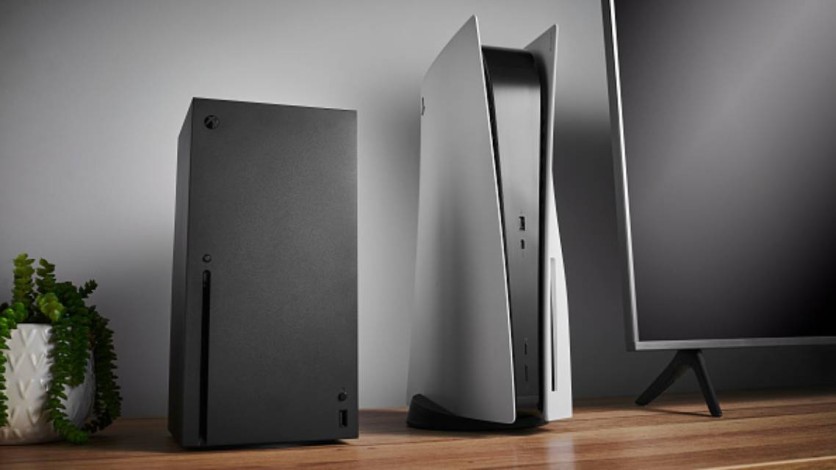After weeks upon weeks of teasing, AMD has finally introduced to the world their direct competitor to NVIDIA's awesome DLSS technology.
Team Red formally introduced their FidelityFX Super Resolution (FSR) during their absolutely packed Computex 2021 keynote presentation, reports AnandTech. As previously noted, FSR is basically the AMD version of DLSS (deep learning supersampling), which is a special anti-aliasing tech that takes image upscaling to a whole new level.
Slated for release on June 22, AMD FSR looks like it's poised to give DLSS a run for its money, and for a good reason: it can be used on both AMD and NVIDIA graphics cards, even AMD Zen-based APUs. According to Tom's Hardware, its main promise is to deliver at most a 2.5x performance increase when using "performance" mode in select titles.
It can be fair to assume that more games will be patched in with FSR support after its initial June 22 release, because frankly, the way it's being implemented is amazing. According to this YouTube video from Hardware Unboxed, a GTX 1060 graphics card was able to run Godfall, a heavily intensive game graphical-wise, on max visual settings in 1440p at playable frame rates with FSR turned on (38 FPS average). Without FSR, the 1060 couldn't even hit 30 FPS.
AMD Out to take NVIDIA's Lunch Money
DLSS is an amazing technology in its own right. With it, a lot of games can run using near-max graphical settings (with ray tracing and more demanding visual setting), turned on. But the main problem with DLSS is that it's only available to Turing and Ampere graphics cards.
With FSR, AMD is targeting everything--and we mean EVERYTHING. As previously mentioned, FidelityFX will be available on almost all modern hardware from Team Red. As part of the company's "GPU Open" program, FSR will be supported on RX Vega, RX 500, RX 5000, RX 6000, and Zen-based APUs, according to the official FidelityFX page. So perhaps it won't be as bad to keep your old RX 580 around, especially if there's no reasonable way to upgrade yet.
And as for NVIDIA graphics card owners, FSR will also be supported by any GPU from the Pascal series (GTX 10) and newer. This means that even your low-end GT 1030 or the still quite-powerful GTX 1080 and the former budget king GTX 1050 Ti can still play next-gen titles with respectable frame rates and image quality.
Lastly, this might also mean that AMD will bring the tech to the PlayStation 5 and the Xbox Series X, both running RDNA graphics chips from Team Red.

The mere fact that FidelityFX would be available to a wide range of hardware is sure to force Team Green onto the ropes. On the other hand, this means that the "magic" of supersampling tech is going to be accessible to almost everyone, even GPU-starved gamers stuck on APUs. You don't have to buy an RTX 2000 or RTX 3000 series graphics card to play games at higher frame rates anymore, especially at the ridiculous prices these current-gen graphics cards go for these days.
It's still unknown which games will be supporting the tech and if it's also not going to use hardware-intensive AI-based supersampling (like what the so-called "gaming super resolution" patent revealed earlier this month). But one thing is for certain: AMD is out to take over the gaming world, and until NVIDIA changes things up, they're not going to stop the red wave that is Radeon.
This article is owned by Tech Times
Written by RJ Pierce
![Apple Watch Series 10 [GPS 42mm]](https://d.techtimes.com/en/full/453899/apple-watch-series-10-gps-42mm.jpg?w=184&h=103&f=9fb3c2ea2db928c663d1d2eadbcb3e52)



